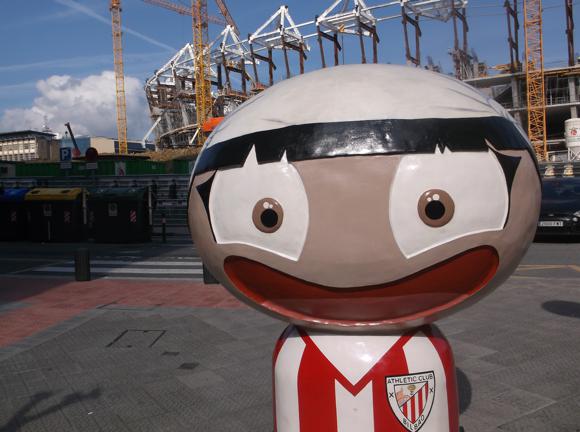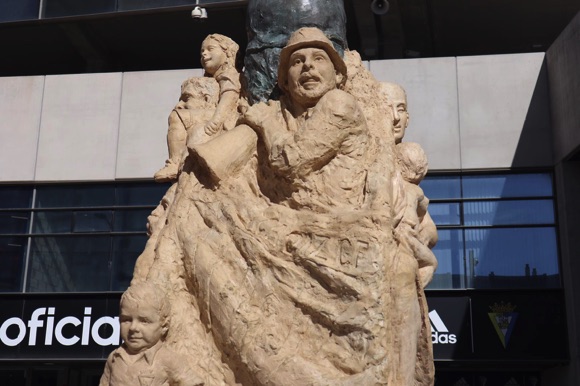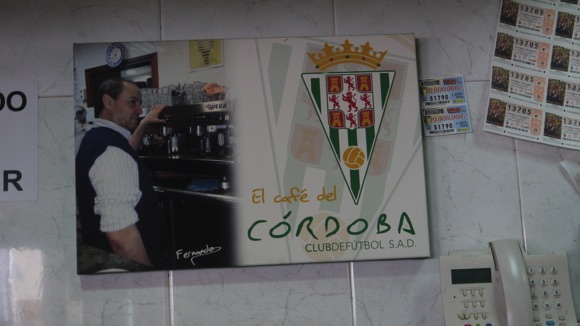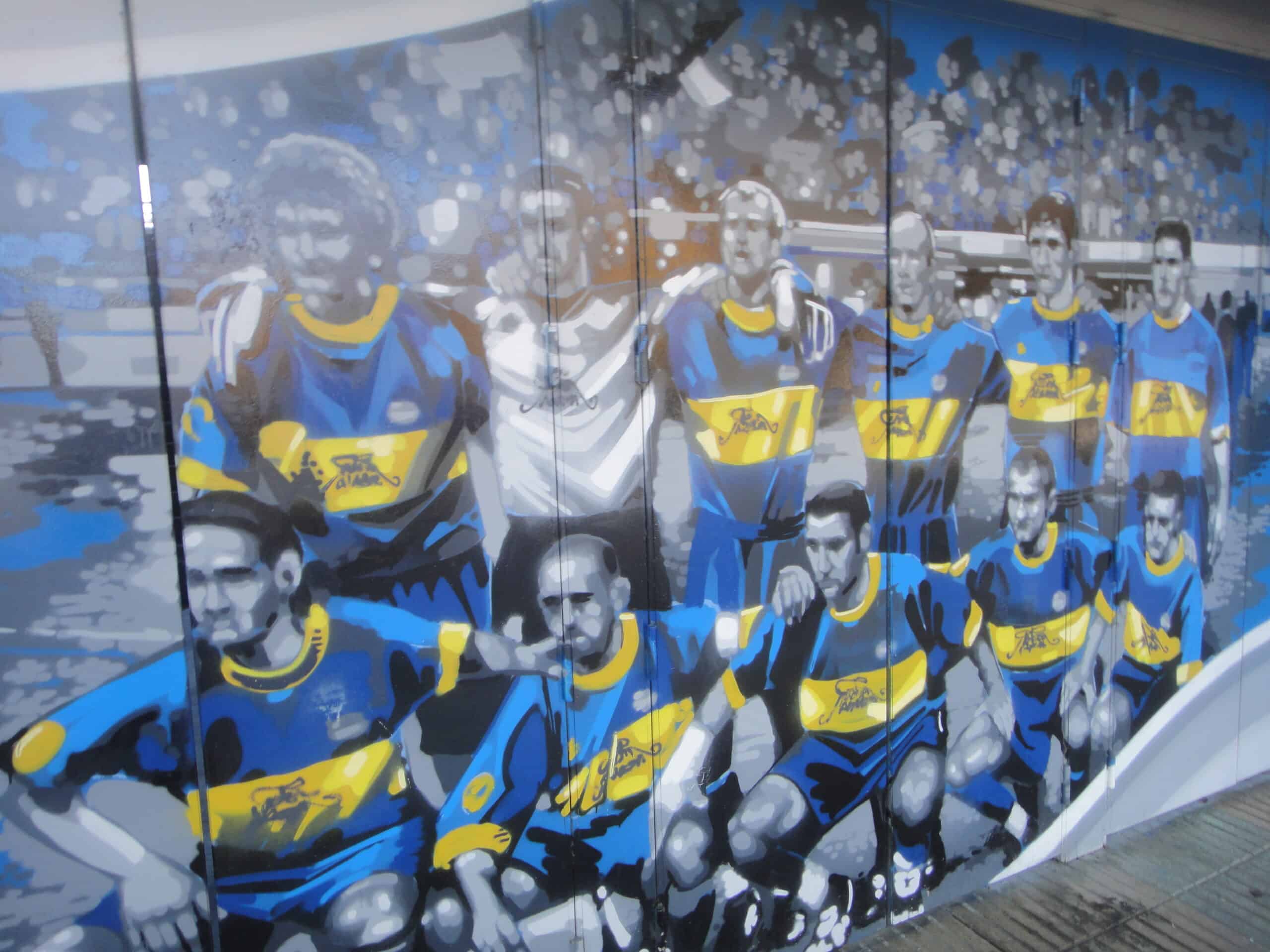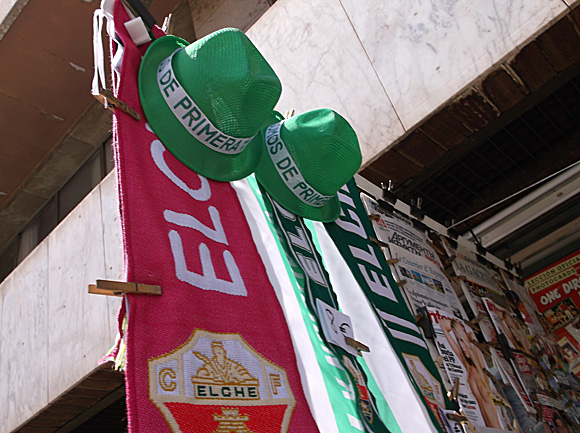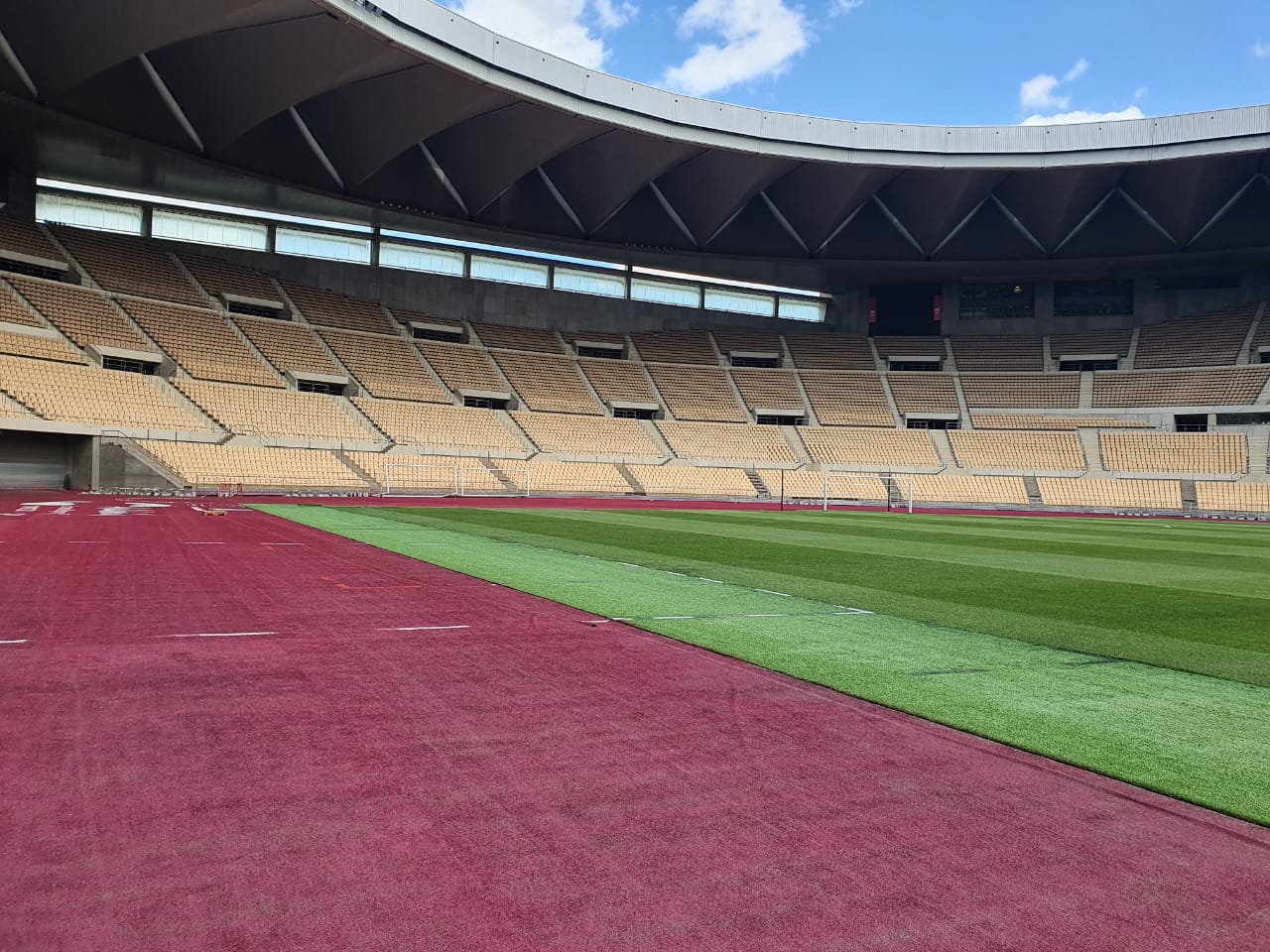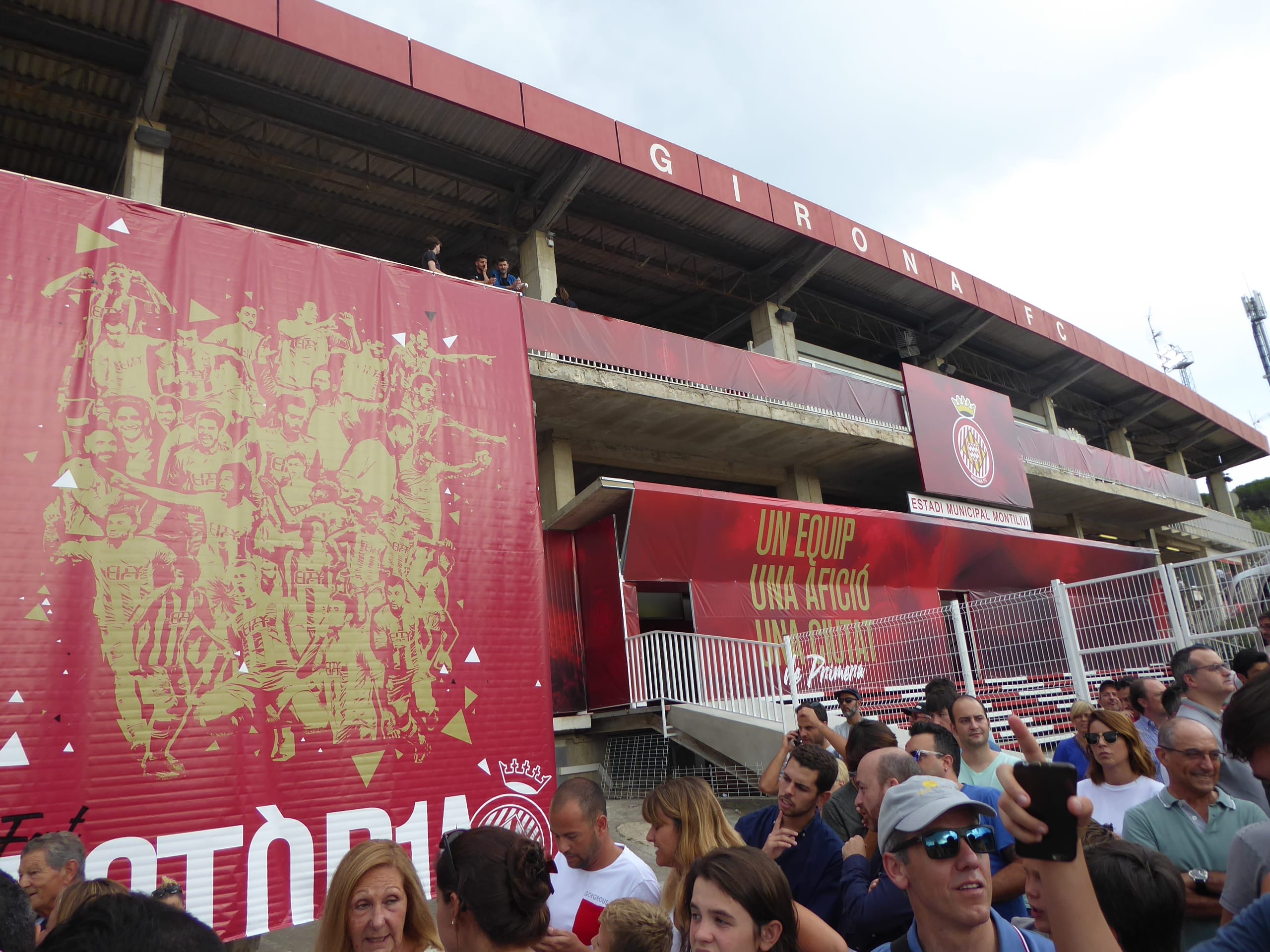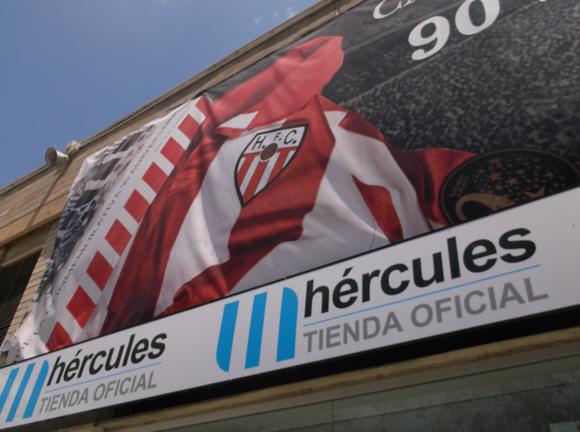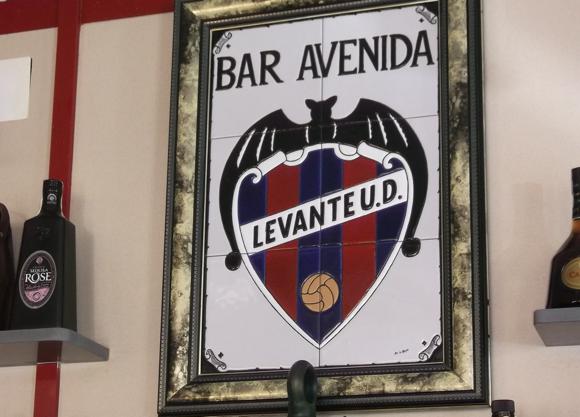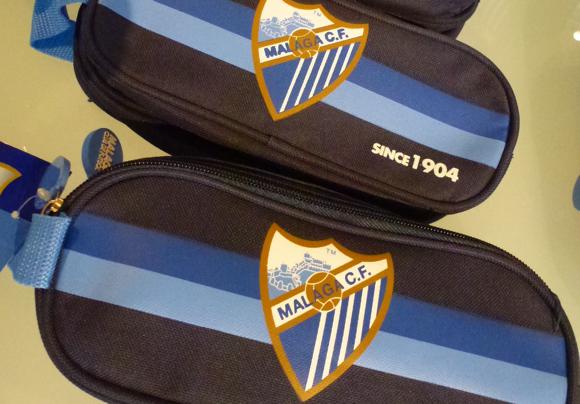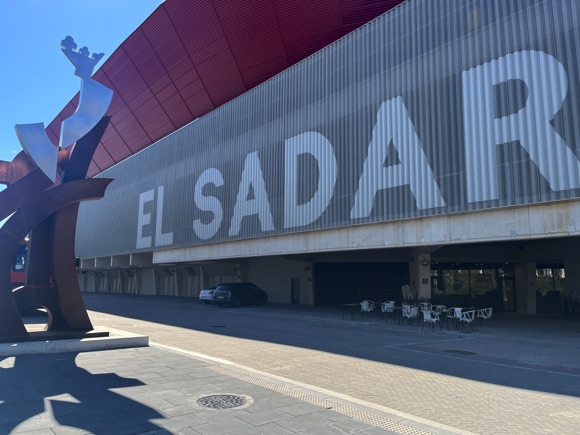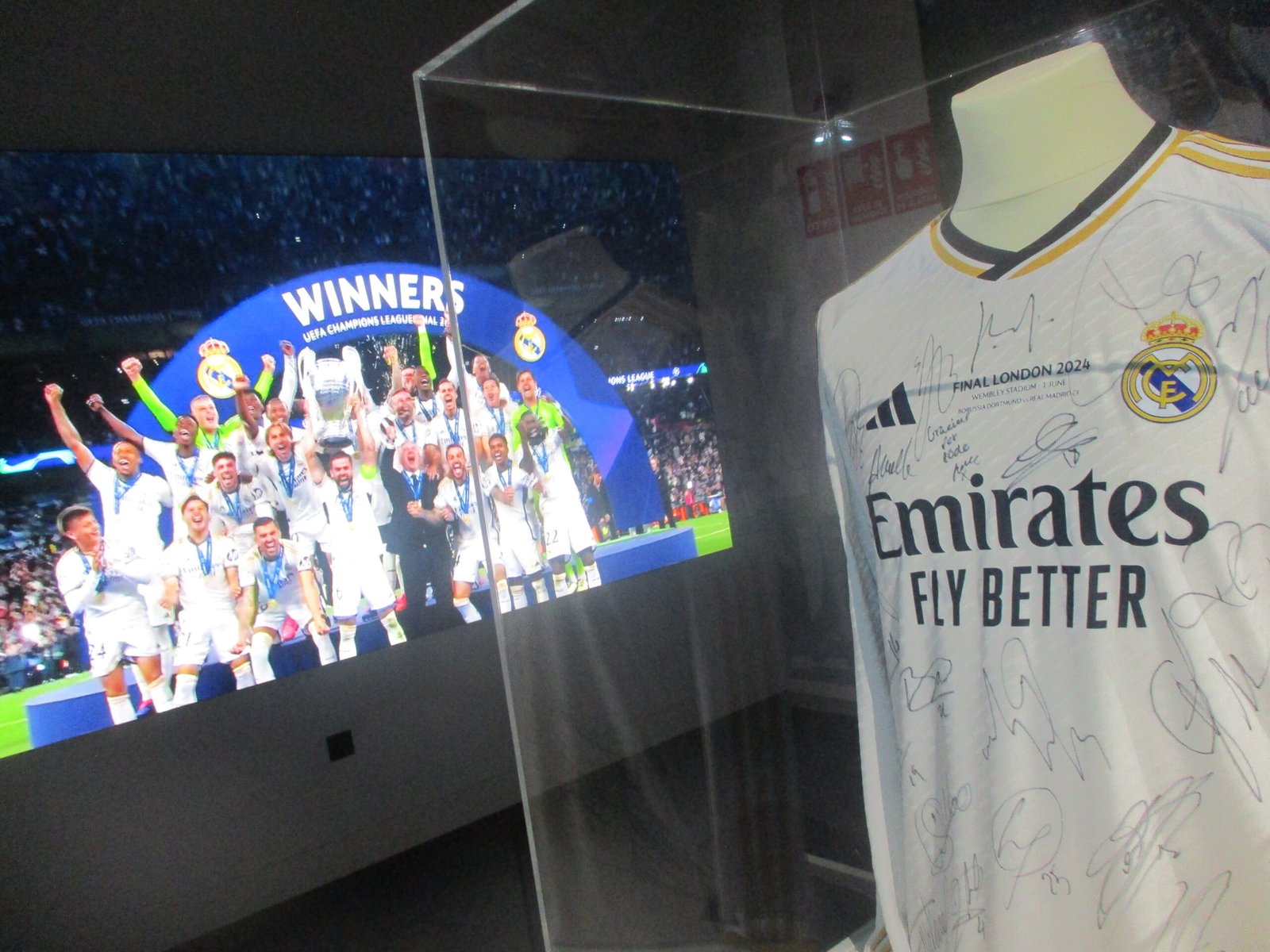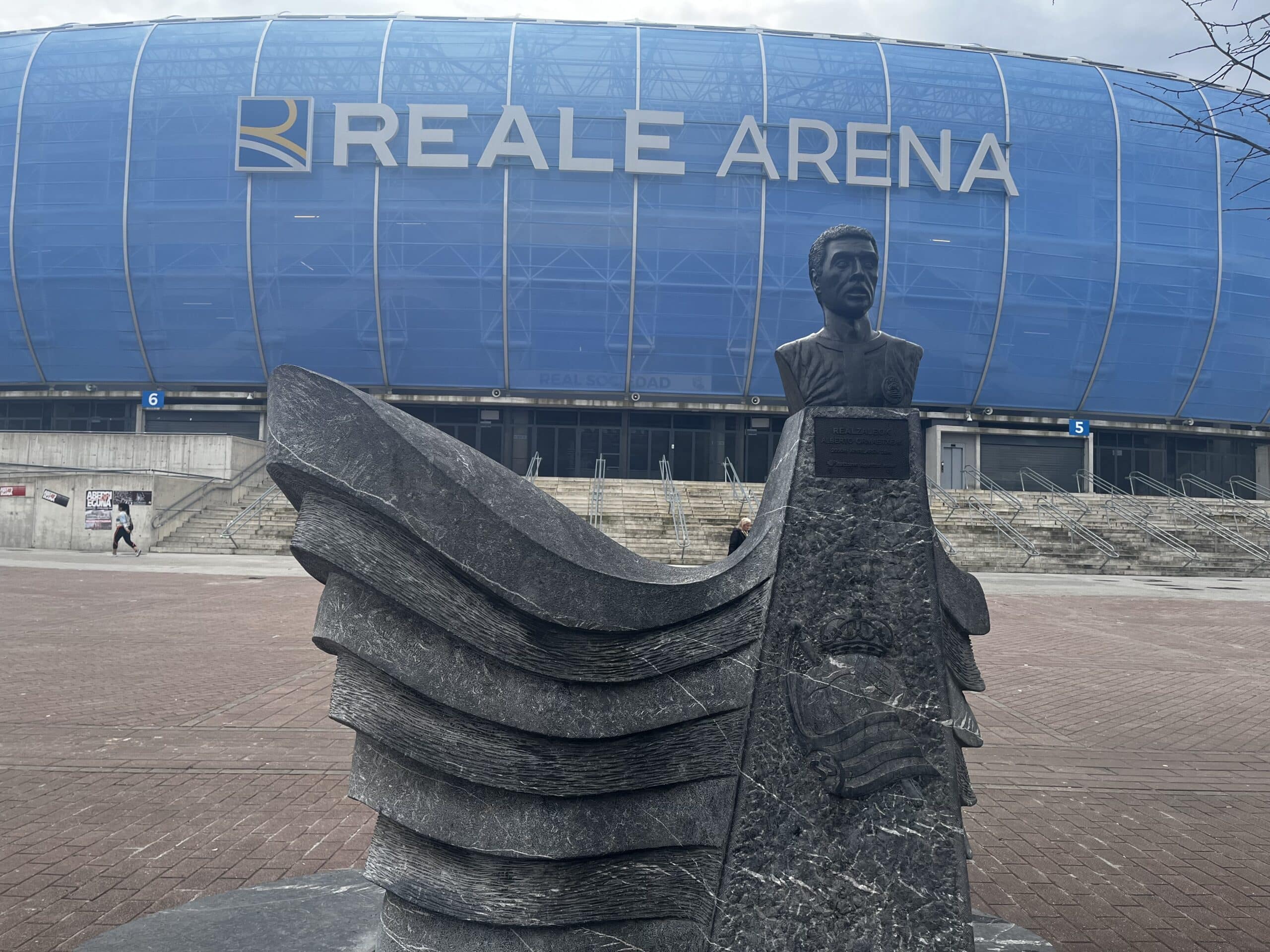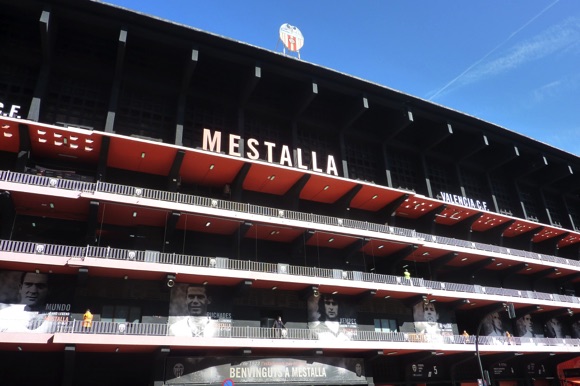A fan’s guide – the club from early doors to today
All but bankrupt in the early 2000s, Granada CF have spent most of the last decade in the Primera and even enjoyed a first European adventure. After beating Napoli and facing Manchester United in 2021, the Nasrids now battle with Andorra and Albacete, following relegation to the Segunda.
Chinese-owned since 2016, Granada have otherwise enjoyed a period of relative stability, first under the Pozzo football empire, which rescued the club in 2009 thanks to a partnership arrangement with Udinese, and now under Jiang Lizhang, who has soccer interests in America, Portugal and China.
Obviously Granada, as a major tourist destination, is of strategic importance with its flagship club a regular competitor in Spain’s showcase league. The sorry demise of nearest rivals Málaga, traditionally popular among the significant number of expats who live in this part of Andalucia, is perhaps another factor in Jiang’s thinking.
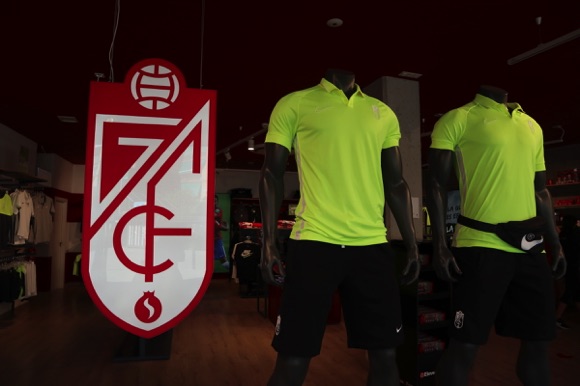
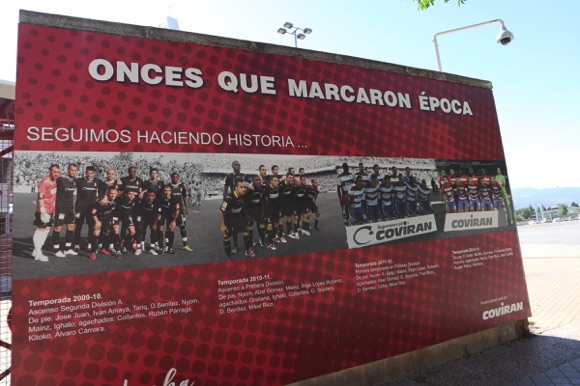
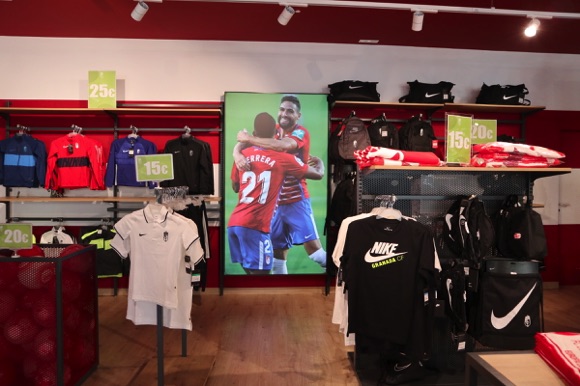
Founded in 1931, Granada played the first Derbi Andaluz with Málaga in 1933. A year later, the two clubs opened the original Los Cármenes stadium. Granada were then Recreativo, changing to Granada Club de Fútbol after the Spanish Civil War.
Granada CF made the Spanish Cup final in 1959, during a second short spell in the Primera. Their 4-1 defeat meant that Barcelona had done the double, though the Cup Winners Cup had not yet been instigated for Granada to enter Europe through the back door. Their scorer that day at the Bernabéu was Arsenio Iglesias, who would coach Super Deportivo La Coruña in the 1990s.
Granada’s own golden period came in the early 1970s, under coach Joseillo Iglesias, a member of the great Real Madrid team of the 1950s. With goals from Enrique Porta, top scorer in La Liga in 1971-72, Granada achieved two top-six finishes before Porta’s departure for Zaragoza.

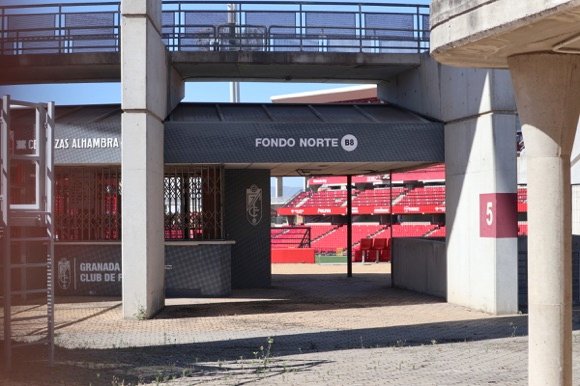
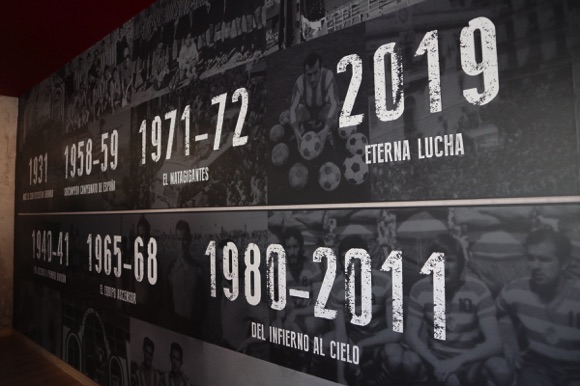
Granada then slid down the league, selling their Los Cármenes stadium downtown to balance the books. The move in 1995 to the municipal Estadio Nuevo Los Cármenes on the southern outskirts of the city proved only a short-term financial solution. Granada’s inability to pay their players had them relegated to the fourth-flight Tercera in 2002.
As the club struggled to play their way back up, funds again fell short. Facing bankruptcy, Granada were rescued in 2009 by Udinese owner Gino Pozzo. Taking over the stricken club, Pozzo struck an arrangement of Granada giving his younger Italian players a run-out in return for him covering the pay roll in Andalucia.
A year later, Granada were promoted to the Segunda and, incredibly, within only one season, to the Primera. Key to this success were 20-year-old Ghanian Jonathan Mensah and Chilean international striker Fabián Orellana, both then on Udinese’s books.

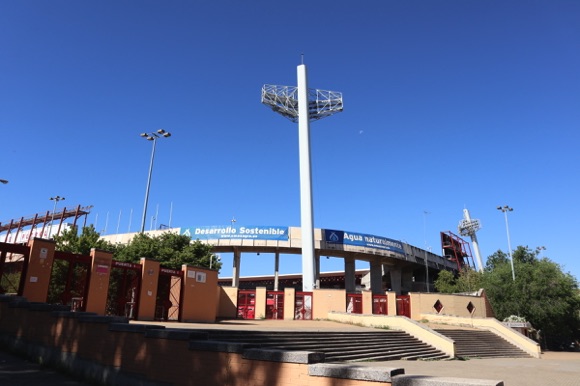

With midfield fire from Dani Benítez and goals from Álex Geijo, Granada made the Primera play-offs, first beating Celta Vigo on penalties. There was then more late penalty drama at home to Elche but Granada held their nerve, and again in the away leg. After 35 years, the Rojiblancos were back in the Primera.
Starting the season with a massive changeover of playing staff, Granada struggled in the top flight, former Spanish international goalkeeper Abel Resino stepping in halfway through the season to steady the ship.
Sacking Resino before 2012-13, Granada still managed to survive, but had to rely on victories by local rivals Málaga and Betis to keep them afloat. Vital goals by Brazilian international Guilherme Siqueira also helped but his close-season departure left returning coach Granada-born Lucas Alcaraz with a mountain to climb in 2013-14.


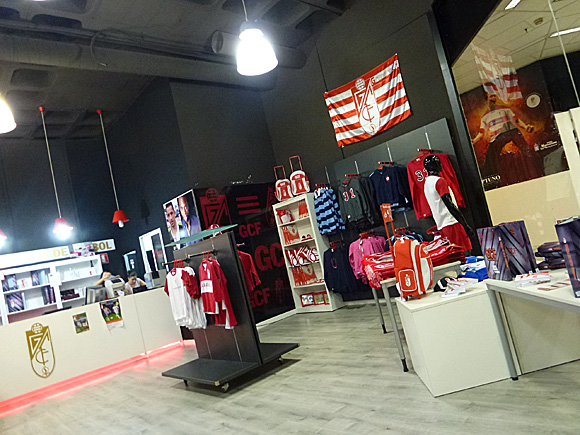
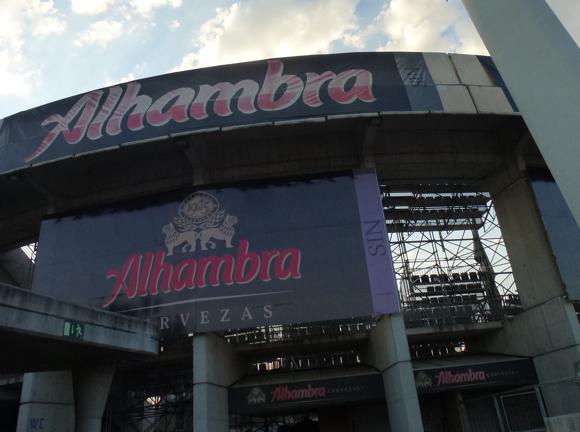

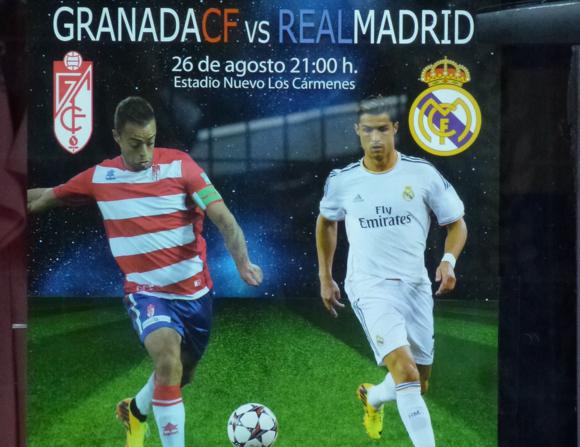
Climb it he did, but it was José Ramón Sandoval who kept Granada with Spain’s best in 2014-15. Relegated in 2017, the club needed two seasons to bounce back, doing so under transformational coach Diego Martínez, formerly at local lower-league side Arenas Armilla. Arriving in June 2018, Martínez quickly arranged the loan of tricky winger Fede Vico from Leganés and put his faith in Portuguese keeper Rui Silva.
Neither player let him down, Silva claiming the Zamora Trophy for best defensive record, having warmed the bench the season before. Martínez’s side then surprised many by flying out of the traps in the Primera, beating Barcelona 2-0 and giving Real Madrid a scare at the Bernabéu.
In the cup, the Nasrids came very close to reaching the final, Athletic Bilbao needing a late strike to level the aggregate in Granada and win the semi on away goals. Granada still qualified for Europe, however, thanks to a seventh-place finish in La Liga, a best performance for nearly half a century.
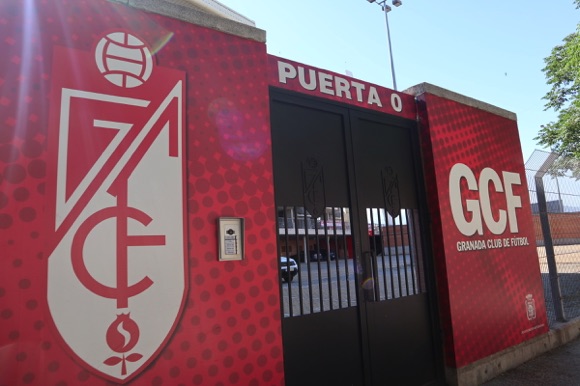
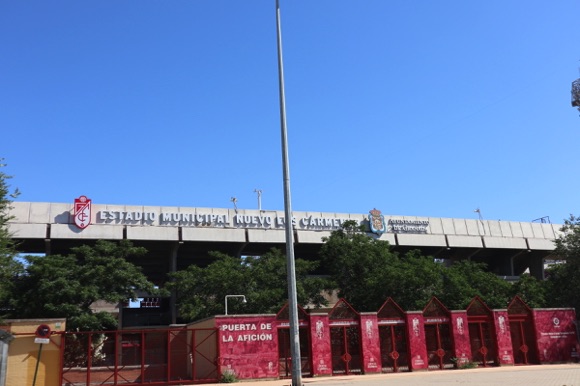

Easing their way to the play-off round in the Europa League, Granada shocked Malmö with a 3-1 win in Sweden, two goals coming from Venezuelan internationals Yangel Herrera and Darwin Machís. There were more surprises in the group stage when a Machís goal claimed all three points at PSV Eindhoven, and in the first knock-out round, when man-of-the-match Herrera hit an opener and Machís teed up Kenedy for a second to stun Napoli in two minutes.
Molde rolled over the in the next round before Manchester United came to town for the quarter-final. In a poor game played out at an empty Estadio Nuevo Los Cármenes, United doubled their lead late on, then struck early at Old Trafford to put the tie beyond doubt. This may have been the moment when Martínez, still only 40, realised he had taken Granada as far as he could, and opted against signing a new contract.
Called in as relegation threatened a year later in the spring of 2022, former Middlesbrough coach Aitor Karanka did enough to prove his worth but couldn’t prevent Granada going down by a single point in a desperately tight survival race. Uruguayan teenager Matías Arezo, prolific in the South American U-17 Championship in 2019, got his name on the scoresheet early in Granada’s promising bid to make a swift return to the Primera in 2022-23.
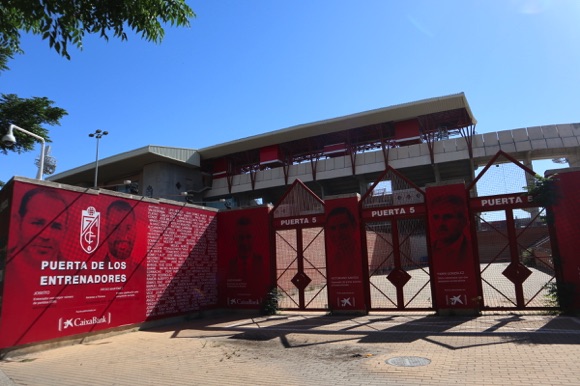




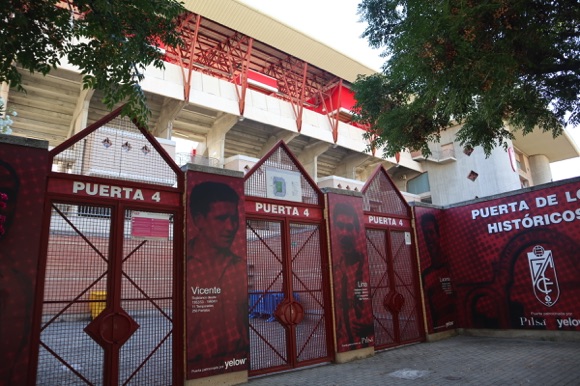
Stadium Guide
The field of dreams – and the stands around it
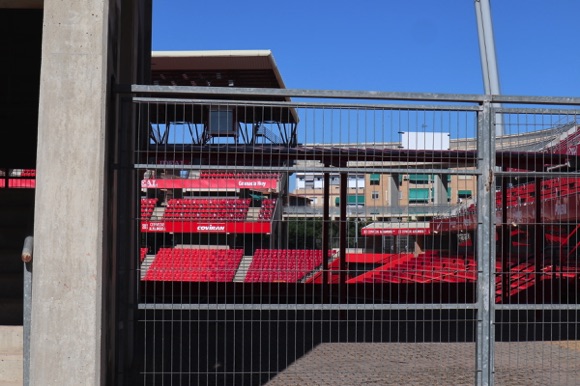


Built in 1995, the Estadio Nuevo Los Cármenes lies on the southern outskirts of Zaidín backdropped by the Sierra Nevada. Built by local and regional government, this 19,500-capacity municipal ground replaced the old Los Cármenes that sat by the Plaza de Toros in town.
Granada had played at Los Cármenes for 60 years. Their first ground was the Campo de La Tablas, before a derby clash with Málaga, the day before Christmas 1934, opened this much-loved venue.
It was here that the Rojiblancos enjoyed their best period of success in the early 1970s. Spain even played a couple of internationals here around the same time.



Later facing financial ruin, Granada sold the ground and prime land around it, and moved out to the Nuevo Los Cármenes. For a while, the stadium was groundshared by Granada and the short-lived Granada Atlético. Granada themselves nearly went under twice but rallied after the Udinese deal that pushed them up to the Primera within two seasons.
During that time, an initial capacity of 16,000 was gradually raised to today’s. Comprising four three-tiered stands and distinctive floodlights on each corner, Los Cármenes has also hosted four full internationals.
The Fondos behind each goal are designated as Sectors C and D, the Fondo Sur the home end. The main stand, the Tribuna, is Sector A, the Preferencia opposite Sector B. Away fans are allocated a corner between the Preferencia and Fondo Norte, accessed through Puerta 1, where Avenida Salvador Allende meets the concourse around the Palace of Sports.
getting there
Going to the stadium – tips and timings


The easiest way to reach the stadium is by Granada’s swish single metro line that conveniently also calls at the bus and train stations, direction Armilla. The usual frequency is 11-15mins but more trains are laid on for match days.
Allow 25mins from the bus station, 15mins from the train station. The service runs until 11pm five nights a week and past midnight on Fridays and Saturdays. The stadium stop, Nuevo Los Cármenes, is on the south side of the stadium. For the north side, you can also use the stop before, Palacio deportes.
As the metro skirts the city centre, you may wish to take bus 8 that calls at Gran Vía 5-Catedral by the Cathedral before heading south and terminating at the Palacio deportes. Allow 15mins.
getting in
Buying tickets – when, where, how and how much


The taquillas (Mon-Fri 9am-2pm, 5pm-8pm) by the club shop on the north-west corner of the stadium sell tickets the week before the game, and from 9am on match days. The club also sells online, a Spanish-only page but relatively easy to negotiate, a few days before the match.
Apart from the derby with Málaga, fixtures for the Segunda shouldn’t fill the stadium capacity of nearly 20,000. Tickets for the Fondos behind each goal are €25, for the sideline Preferencia €35 and for the Tribuna €45. Children are charged €9 across the board.
what to buy
Shirts, kits, merchandise and gifts

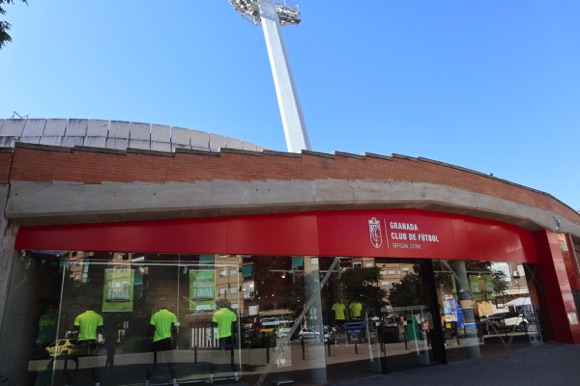

The main stadium store (Mon-Sat 10am-2pm, 5pm-9pm, match days) by Puerta 3 on Calle Manuel Maldonado stocks the home kit of red-and-white hoops with red sleeves – Granada being one of Spain’s rare clubs who play in hoops. Away is black with red collars, third-choice kit turquoise with black collars.
More unusual souvenirs include a jigsaw puzzle of the stadium, also represented together with the club shield as a pin badge, otherwise the merch range consists of the usual baseball caps and scarves.
Stadium tours
Explore the ground inside and out

In what is something quite original for Spain, stadium tours (€10, €7 children) at Granada involve VR glasses to immerse the visitor in the match-day experience. After you walk through the ‘Tunnel of the Senses’ and onto the pitch, everything turns into a 360-degree experience.
The tour otherwise take in the usual areas, press room, mixed zone with an interactive wall and changing rooms. Visits last 45 minutes and during the season usually take place at 7pm on Fridays and Saturdays, depending on fixtures. The main language is Spanish, although you can download other ones including English and Chinese. Meet at the club store 5mins before your tour is due to start.
Where to Drink
Pre-match beers for fans and casual visitors

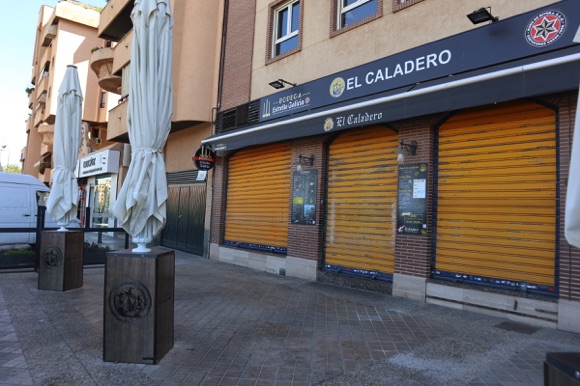

Bars and restaurant line the streets either side of the stadium, along the main avenue of Paseo del Emperador Carlos V, behind the Palace of Sports, and the parallel road behind the Tribuna, Calle Manuel Maldonado.
The ones around the Palace of Sports are too numerous to list but the stand-out has to be the Cervecería ECU, which goes beyond local Alhambra in its beer selection, provides generous tapas and seats outside.
Next door, El Caladero is a traditional seafood restaurant and beer bar, very happy to serve you a simple glass of draught Estrella Galicia and a plate of octopus – the finest in town, they say – on its expansive terrace. Granada’s revived top-flight basketball team celebrated promotion here in 2022.
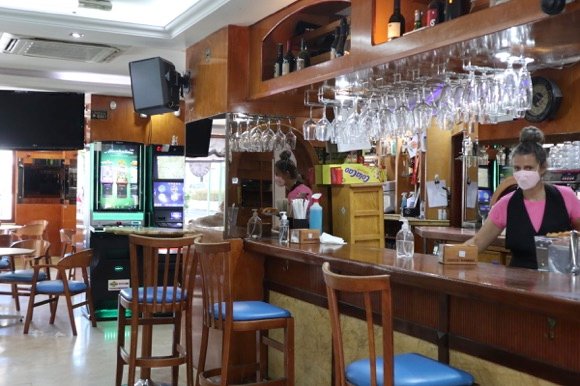

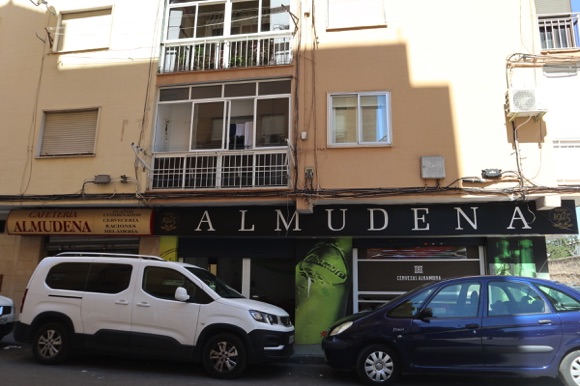
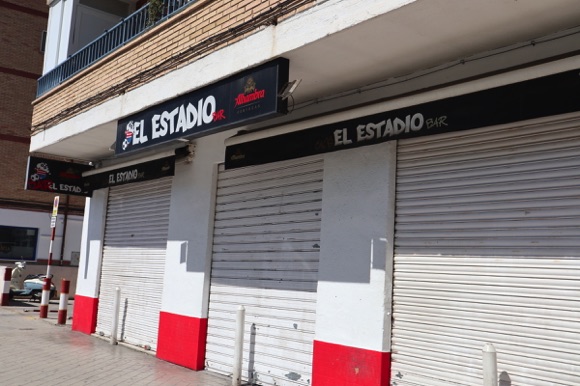


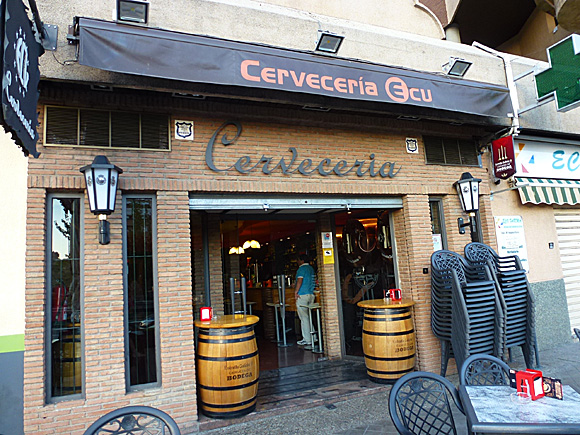
Nearer the ground on Calle Pintor Maldonado, the Café Bar Sur has real pre-match atmosphere, its interior done out in red and white iconography. Opposite, on the stadium side, the Casa Cristobal is more plain, a traditional eatery uprooted from its downtown location on Campo del Príncipe in 2021, after nearly half a century of serving classic Spanish dishes there.
Heading down Calle Pintor Hermenegildo Lanz behind the Bar Sur, you find another cluster of drinking and snacking options, such as the Restaurante Almudena, with plenty of tables out and in, and alongside, the bar for the local supporters’ association, the Peña Los Cármenes.
Back on Calle Pintor Maldonado, the Café Bar Estadio closest to the metro stop, which divides its decorative theme between Granada CF (pennants, flag, framed signed shirt) and New York.


